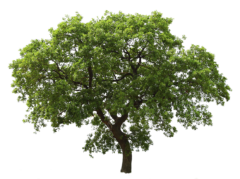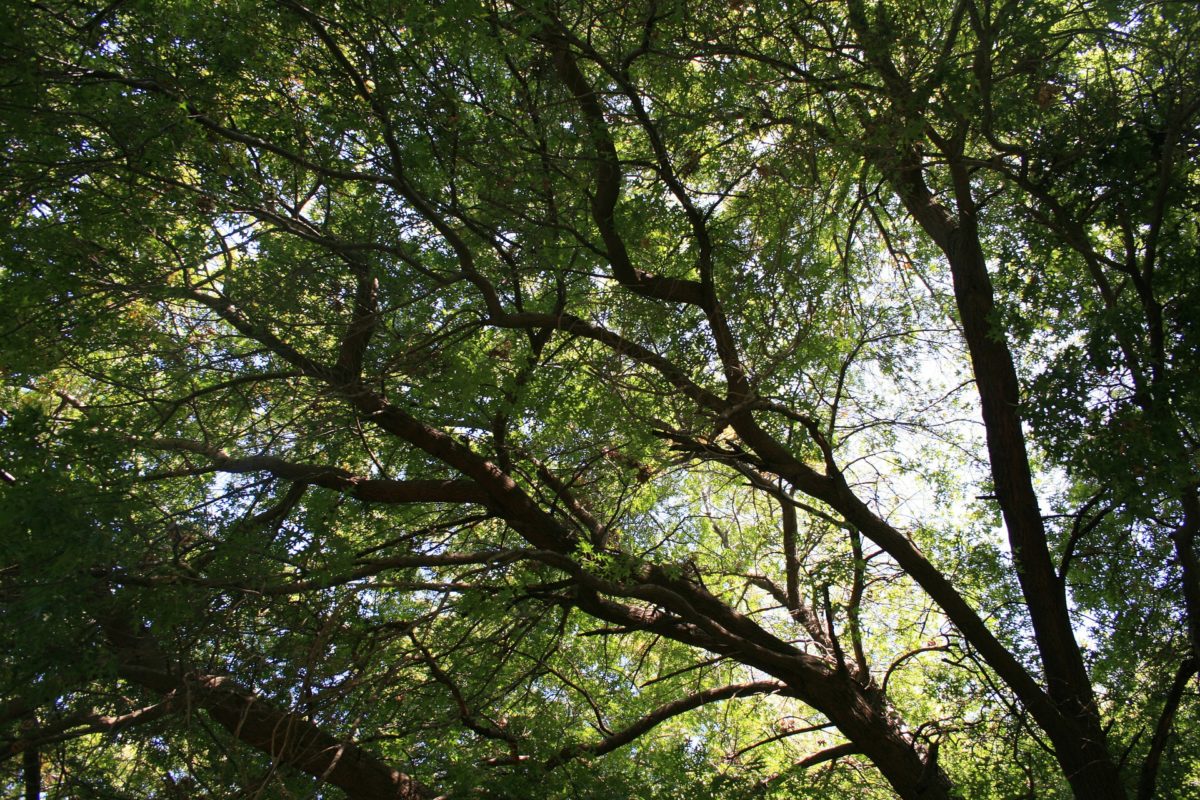We are residents, citizen scientists, stakeholders and conservationists devoted to the fundamental importance of Nature, wildlife habitats and connectivity in the city of Diamond Bar, California and in our sphere of influence neighborhoods.
Humans need Nature! Wildlife needs room to roam to survive and thrive. Native tree and plant communities support wildlife. Humans need to recognize the natural places they dwell in.
Diamond Bar, California is part of the South Coast Ecoregion, Southern California Mountains & Valleys in Los Angeles County, at the northern tip of the Peninsular Ranges. The community overlays historic, native California Live Oak woodlands and is one of the 36 global biodiversity hotspots within the California Floristic Province.
An archipelago of diverse natural communities: coastal cactus, sage scrub, chaparral and grassland, native plant communities support a unique biodiversity hotspot – rare in the state and in the world!
Diamond Bar native landscapes and circulating wildlife contribute to the “Missing Middle” in the Puente-Chino Hills Wildlife Corridor and the Chino Hills State Park, tracing across to Tres Hermanos Ranch, up to Bonelli Park, Pomona and beyond.
We celebrate Diamond Bar’s existing local natural resources. Our purpose is to educate and advocate saving natural open space; inviting city decision makers and residents to consider carefully the latest, best science in biodiversity and improve efforts to preserve Diamond Bar native trees and the ecosystems they form. To restore and conserve local biodiversity which supports quality of life and is the core of our community identity.
THE PROBLEM: Biodiversity Loss, Wildlife Habitats at Risk!
Habitat loss is largely due to human activity. (Development, landscape disturbance, invasive plantings.)
Incremental disturbance, conversion or fragmentation of the wildland urban interface is a leading cause of local extinction of flora and fauna species. Losing precious natural resources diminishes the quality of life now and for future generations.
THE SOLUTION: Restore Nature One Garden at a Time to Create a Patchwork of “Distributed Habitats.”
Conservation Planning for Small & Large Properties, Public & Private Land
Lifestyle Choices in Living Fully Green!
- Actively support conservation of natural wild open space, wildlife habitats, both in small and large properties; on both private and public land. Perform habitat restoration, tree planting; conservation planning, advocate new laws prioritizing conservation.
- Recognize and support tree conservation programs for both urban and natural forests.
- Host and certify backyard wildlife habitats; California Native gardening. (Small/large, private property.)
- Share knowledge of California Native landscapes with others by teaching one neighbor at time about local “plant communities.” Neighbors teaching neighbors.
- Educate children, young adults; host school wildlife mapping projects, biodiversity classes, nature hikes and bird watching walks.
Living Green means realizing Earth Day is every day by making efforts to be fully green – which means, discovering paths of participation, intergrated into our own individual lifestyles and places. Woring WITH Nature.
LIVING FULLY GREEN – CREATING BACKYARD ECOSYSTEMS 101
Whether living in an apartment or condo, even the smallest dwelling can accommodate patios or balconies which may serve as a beautiful and useful habitat for wild birds, butterflies – even lizards!
Living in a larger parcel located “within” a suburban neighborhood, meaning a majority of tract housing having non-native, ornamental landscapes? Switch to California Native plants. Reconnect the environmental integrity of the entire neighborhood, one yard at a time, by restoring the food web for birds & wildlife.
Parcels overlaying or bordering historic natural “wildland interface” – oak/walnut, willow riparian, sycamore woodland, coastal cactus or sage scrub, chaparral or grassland oak savanna hills – offer greater opportunity to conserve natural landscapes. Biodiversity in these plant communities are endangered, rare and protected by law. Preserving the fragmented remnants of natural open space is imperative since they are at highest risk of development and are critical linkages to larger islands of habitat.
Once gone, they are gone forever!
—- C.R. Smith, Editor, DB Beautiful

